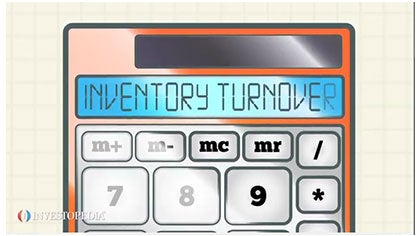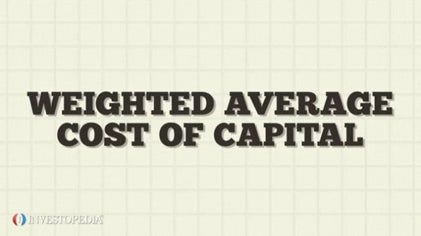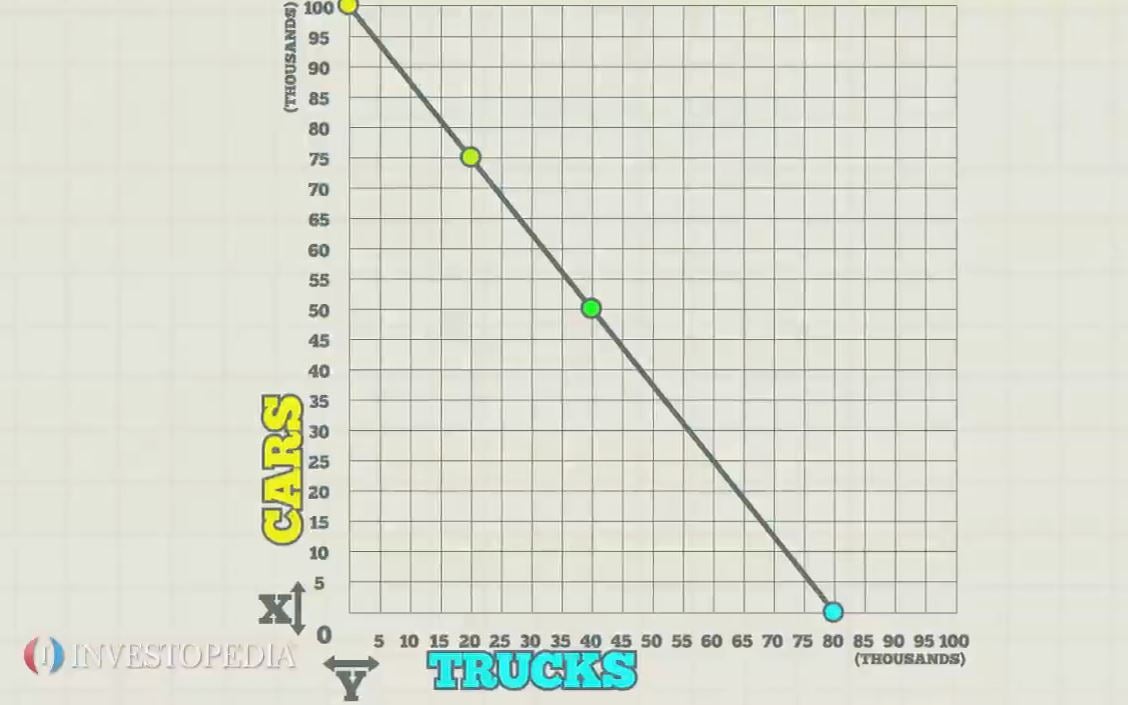Average inventory is the median value of an inventory at a specific time period. It is calculated by adding current inventory and previous inventory, then dividing by two.The same concept is also used to calculate the average inventory over a full year. That requires summing each month’s inventory and then dividing by 13, which is the number of months in the year plus a base month. For example, a clothing retailer may require more inventory on hand near the end of a calendar year as the holidays approach. It totals its inventory for each month, which started at $10,000 in January and climbed to $20,000 in December. It divides by 13 points, including the base month of the current January, and gets an average of $13,153. If that same retailer wanted to calculate its average inventory for July and August, when back-to-school shoppers were busy, it could add its $14,000 figure for July and its $15,000 for August and divide by two to get $14,500. Since two points do not always accurately represent changes in inventory, many businesses calculate their average inventory month-to-month for a year plus a base month, providing 13 points. Businesses that see their sales fluctuate by seasons may prefer calculating their average inventory for a solid year to reveal a more accurate picture.





